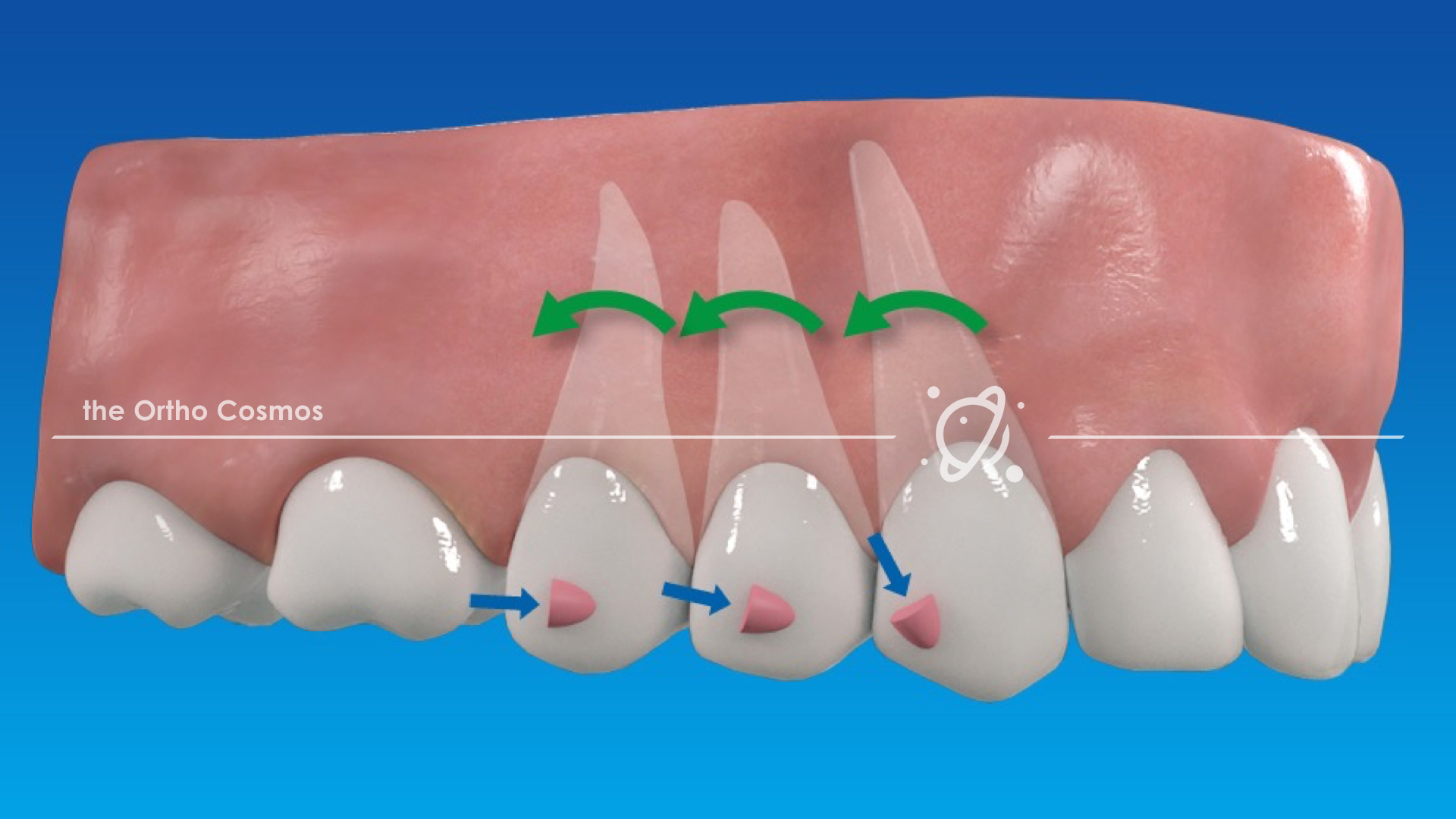Optimized Your Forces
We have discussed in previous posts how to navigate the optimization hierarchy, optimization thresholds, and why orthodontists struggle optimized attachments, but recent discussions have made it clear that it might be time to reinforce some of the basic logic behind utilizing optimized features with Invisalign. Without it orthodontists are using an inferior product.
There are 3 main reasons why choosing to optimize your force systems should be a no-brainer:
- Force Systems Backed Up by Data – Using force systems derived from extensive testing and data analysis from thousands of matched cases, removes the potential for observational bias and will always be a superior option. Although many orthodontists still feel nostalgic towards traditional attachments, opting to use outdated mechanics when an optimized solution exists is simply not science based.
- More Efficient ClinChecks – You will be far more efficient in designing your ClinChecks by working collaboratively with the Invisalign System’s AI engine instead of allowing your time to be consumed by manual attachment design. Allowing the software to design attachments, while making intuitive decisions about optimization selection, allows orthodontists to focus more time on diagnosis and movement planning and frees up substantial time to make your digital workflows much more scalable.
- More Esthetic for the Patient – Since optimized feature sets rely mainly on aligner forming features instead of changes to tooth shape, optimized attachments end up being much smaller and less prevalent than going the traditional route. Attachments that are less noticeable and having fewer attachments overall is always welcome by patients.

Leave a Reply